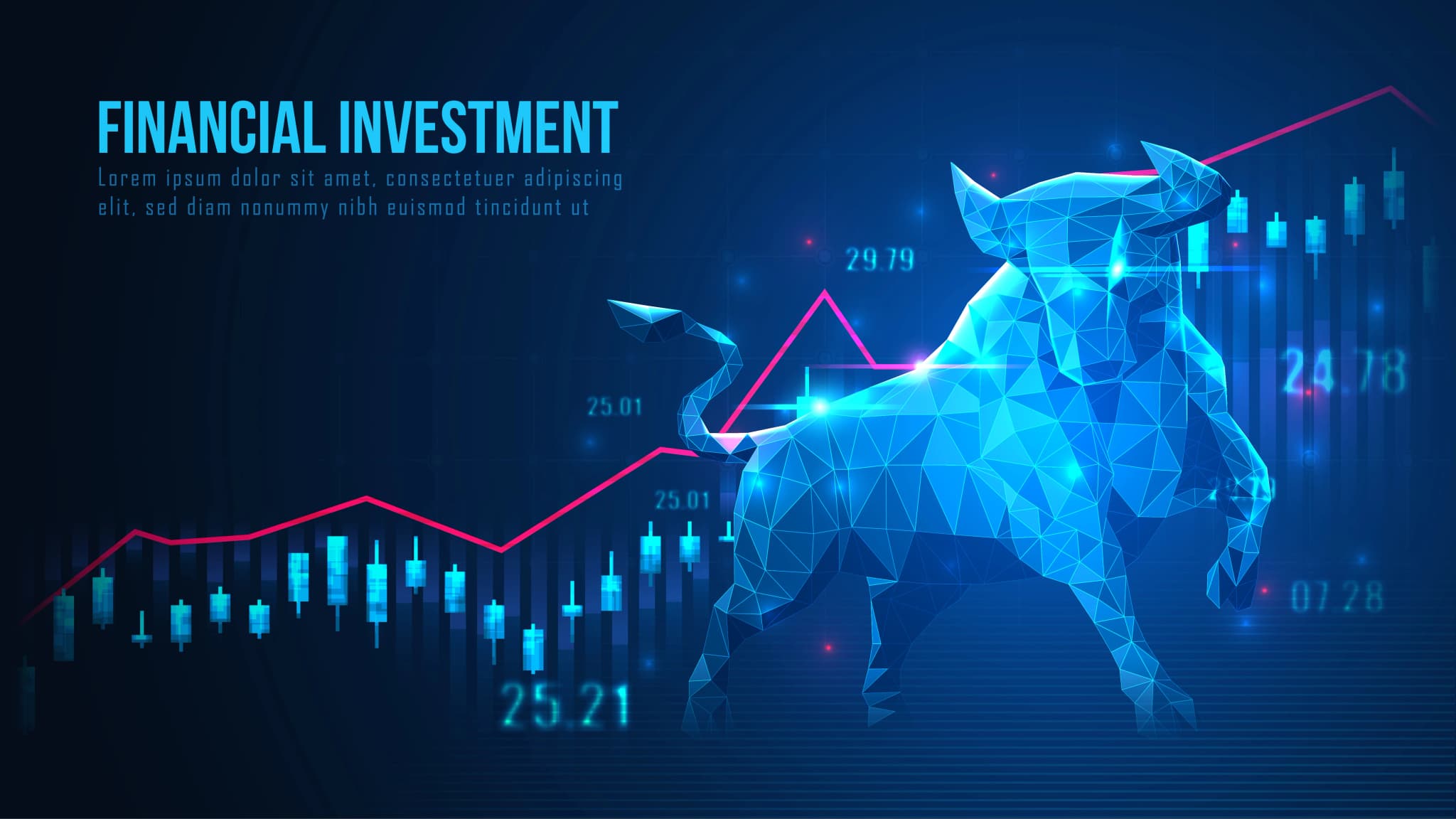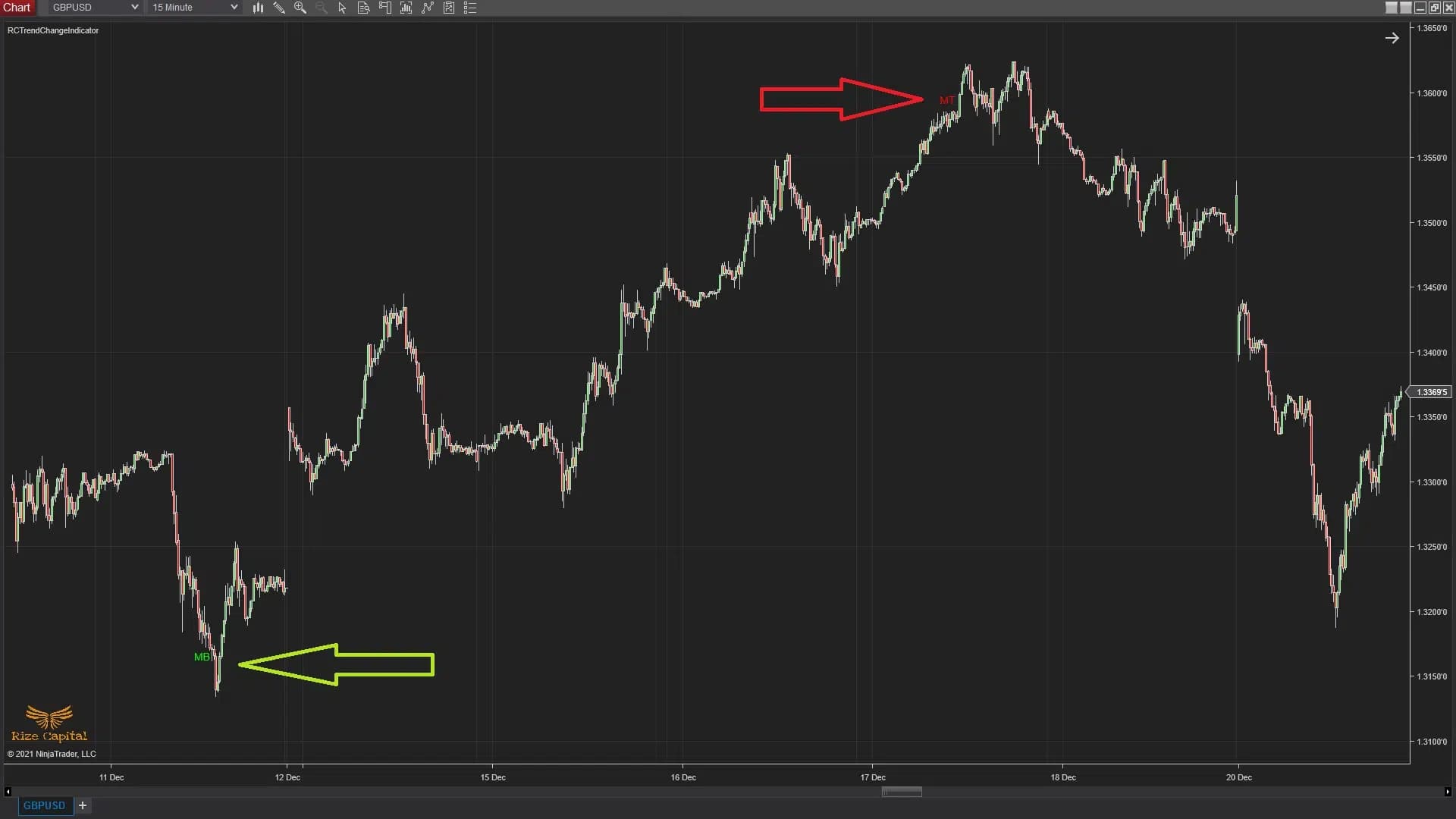How Much Money Do You Need to Start Trading?
Wondering how much it takes to start trading? Learn the smart way to begin with any budget and manage your risk like a pro.
Have you ever heard someone say, “I made money trading stocks”? It sounds exciting, right? But before you start trading, there’s one big question that may arise in your mind: How much money do I need to begin? In this blog, we’ll explain how much money you need to tread as a beginner.
What is Trading?
Trading sounds interesting, right? But here you have to use real money to trade. But you are thinking, why do I need money? Well, because in trading, you have to buy and sell things like stocks (small parts of a company), forex (money like dollars or euros), or cryptos (like Bitcoin). But what will you do with the stocks? What’s the goal? The goal is here you are buying at a low price and you will sell them at a high price. But is that so easy? No, it’s not so easy; you have to prepare yourself to deal with risks, too. That’s why, as a trader, it’s important to know how much money you really need to start, and how to do it the smart and safe way.
Can You Start Trading with Little Money?
Yes, you totally can. You don’t have to be rich or wear a suit to start trading. In fact, many trading apps and websites will let you start with just $10, $50, or $100, sometimes even less. To make it even easier for you, let’s elaborate on it.
1. Trading Stocks
As we already mentioned above that stocks are like small pieces of big companies. Companies like Apple, Tesla, or Coca-Cola. When you buy a stock, that means you're owning a small slice of that company. Sounds amazing, right?
To start trading stocks, here’s what you need:
- A Brokerage Account: This is like your trading bank account. You use it to buy and sell stocks. Some popular brokers like Robinhood, eToro, or Webull let you get started with as little as $10 to $50. Super beginner-friendly
- Minimum Deposits: Some brokers have no minimum, so you can start small. But others might want you to deposit $100, $250, or even $500 to open an account. So, it’s better to check before signing up.
- Stock Prices: Stocks come in all price ranges; some are just a few bucks, while others (like Amazon or Google) can cost hundreds or thousands per share. But here’s the good news: with apps like Robinhood, Cash App, or Public, you can buy fractional shares, which means you can invest just a little bit in a big stock. For example, if one Tesla share costs $900, you could still invest $10 and own a small piece of it.
2. Forex Trading
In forex trading, you have to buy and sell currencies, like trading US dollars for euros or pounds. It’s one of the most popular types of trading in the world because you can start with just a little money. Many brokers offer something called a micro account, which lets you begin with as little as $10 to $50. As a beginner, it’s great for you.
One big thing about forex is leverage. Because in leverage, you can control bigger trades using a small amount of money. For example, with just $100, you might be able to trade like you have $1,000. Sounds exciting, right? But at the same time, you have to be careful, leverage can help you win big, but it can also make you lose money very fast.
Also, don’t forget about broker fees. Some brokers charge a small fee while others make money through the spread, which is the tiny difference between the buy and sell prices. So, always check those details before you start. If you’re careful and take your time to learn, forex trading can be a low-cost way to begin your trading journey.
3. Cryptocurrency Trading
From its name, you might have understood that it’s basically a trade with digital coins. Here you will buy and sell digital coins like Bitcoin, Ethereum, or even newer ones like Solana or Dogecoin. But you might feel you need a lot of money, as they are digital coins. But guess what, the good news? You don’t need a lot of money at all to get started. On many platforms, you can just start with $10 or $20, while some coins, like Bitcoin, cost thousands of dollars per coin, but you don’t have to buy a whole one. You can buy just a tiny piece, for example, $10 worth of Bitcoin or any other coin you like. That’s called buying a fraction of a coin.
But keep in mind, most platforms charge small fees for every trade you make. Some also have network fees when you move your crypto between wallets, so it’s smart to check all that before you start clicking “Buy.” Just remember: crypto prices can go up fast, and drop fast too. So always trade carefully and never use money you can’t afford to lose.
4. Other Types of Trading
There are other things you can trade, like options or commodities (like gold or oil). These often need more money and knowledge:
- Options trading: You might need $500–$2,000 to start because options are more complex.
- Commodities: These usually require $1,000 or more because prices can change a lot.
If you’re new, stick to stocks, forex, or crypto until you learn more.
Hidden Costs of Trading
Trading isn’t just about the money you use to buy stocks, forex, or crypto; there are some extra costs you should know about, too. First, there are broker fees. Some brokers charge a small fee every time you trade, like $1 to $5 per trade, while others let you trade for free, so it’s smart to shop around and pick the best deal. Then there are spreads, which are common in forex and crypto trading. It might seem small, but it adds up over time.
And most importantly, don’t forget about taxes; if you make a profit, you might need to pay some of it to the government. It’s a good idea to ask a parent, guardian, or tax expert to help with that part.
Lastly, there’s the cost of learning. Some people pay for books, apps, or online courses to understand trading better. So, before you start trading, it’s better to take a little time to understand all the costs, not just the price of the trade itself
How Much Should You Start With?
How much money you need to start trading really depends on your goals and how much you’re okay with losing. If you’re new, you can start small. You can do one thing to not take stress, use a demo account, where you can practice with fake money. Once you get it, you can slowly add more as you gain confidence. The smart move? Learn first, risk less, grow slowly.
Why Start Small?
Starting with a small amount because:
- You can learn without losing a lot.
- You’ll feel less stressed if things don’t go well.
- You can try different types of trading (stocks, forex, crypto) to see what you like.
Final Words
So, hope you understand that trading doesn’t require a lot of money. With $10, $50, or $100, you can try stocks, forex, or crypto. But trading is risky; you have to manage risk smartly, so start small and learn first. For better learning, use demo accounts to practice. Pick apps with low fees. And only use money you can lose. Trading can be exciting, but it takes time to get good.
Ready to try? Start with a demo account and practice.

Suraiya Akthar Sumi
SEO Content Writer
Suraiya Akthar Sumi is a creative content writer, loves bringing ideas to life through engaging blogs and SEO articles.
Related Posts

Does NinjaTrader Have Automated Trading? Step-by-Step Guide to Easy Automation
Learn how to automate trading with NinjaTrader. Our step-by-step guide covers everything you need to get started with automated trading easily.

Best Trend Indicators for NinjaTrader 8: Your Complete Guide
The Trend Change Indicator excels at predicting significant trend changes before they actually occur.
Day Trading vs. Swing Trading: Which One Is Right for You?
Day Trading vs. Swing Trading – Learn the key differences and find out which style fits you best.


